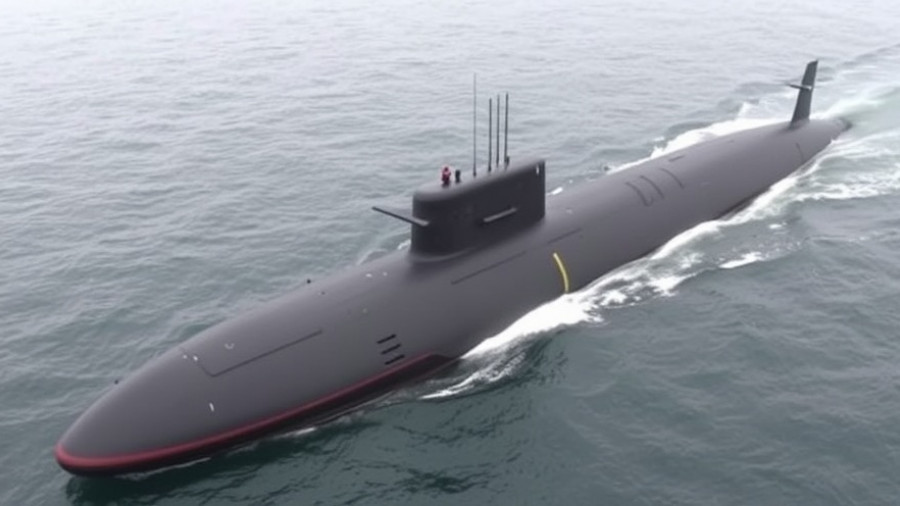
A Journey Beyond Our Solar System
The intrigue surrounding interstellar comets continues to captivate scientists and stargazers alike. Recently, NASA's Hubble Space Telescope captured remarkable images of comet 3I/ATLAS, the fastest known comet to traverse our solar system at a breathtaking speed of 36 miles per second (130,000 miles per hour). This unprecedented event not only furthers our understanding of these celestial visitors but also opens new avenues of research regarding the origins of comets and the dynamics of our solar system.
What Makes 3I/ATLAS Unique?
Discovered on July 1, 2025, by the NASA-funded Asteroid Terrestrial-impact Last Alert System (ATLAS), comet 3I/ATLAS has been identified as an “interstellar interloper.” As the third confirmed interstellar object detected, its journey through the cosmos offers a rare glimpse into the universe beyond our own. Previous interstellar comets, such as 1I/’Oumuamua and 2I/Borisov, provided insights into distant celestial environments; however, 3I/ATLAS represents a unique case due to its impressive size and speed.
The Speed: A Record-Breaking Encounter
The comet's extraordinary velocity is believed to stem from gravitational encounters it experienced on its journey through space. Dr. David Jewitt of UCLA describes observing this comet as akin to catching a fleeting glimpse of a speeding bullet—its rapid pace makes it challenging to determine its point of origin accurately. This captures the essence of cosmic exploration; each observation helps us to piece together the larger puzzle of interstellar navigation.
The Science Behind Hubble’s Observations
The Hubble Space Telescope’s sharp imagery depicts a teardrop-shaped cocoon of dust—evidence of a dust plume ejected from the comet's sun-facing side. Researchers estimate that the nucleus of 3I/ATLAS might range in size from 1,000 feet (320 meters) to 3.5 miles (5.6 kilometers). Measuring such vast distances and recognizing the scale of these phenomena can be overwhelming but holds transformative potential for astrophysics.
The Broader Implications for Space Exploration
Observing 3I/ATLAS not only enriches our understanding of interstellar objects but also encourages innovation in space technology and investigative methodologies. The challenges Hubble and other telescopes face in capturing images of this comet underline the need for advancing observation technologies. In the face of such astronomical challenges, groundbreaking insights into our solar system and neighboring star systems await us.
Engagement with Scientific Communities
For professionals involved in healthcare, finance, sustainability, and tech industries, the advancements in astronomy and space technology resonate beyond just the realms of science; they reflect our ongoing quest for knowledge and progress. By fostering a community that values innovation and cutting-edge research, we can inspire future scientists to push the boundaries of what’s possible. Imagine the collaborative potential when insights from astronomical sciences inform developments in technology and innovation strategies across various industries.
A Final Perspective on Innovation
As we continue to track the interstellar comet 3I/ATLAS, it serves as a reminder that exploration knows no bounds. Each new discovery, each innovative technology, is a building block for our collective future. The cosmos remains an endless terrain full of potential waiting to be mapped. Let us embrace the spirit of inquiry that leads us to discover more about the universe and ourselves.
 Add Row
Add Row  Add
Add 




Write A Comment